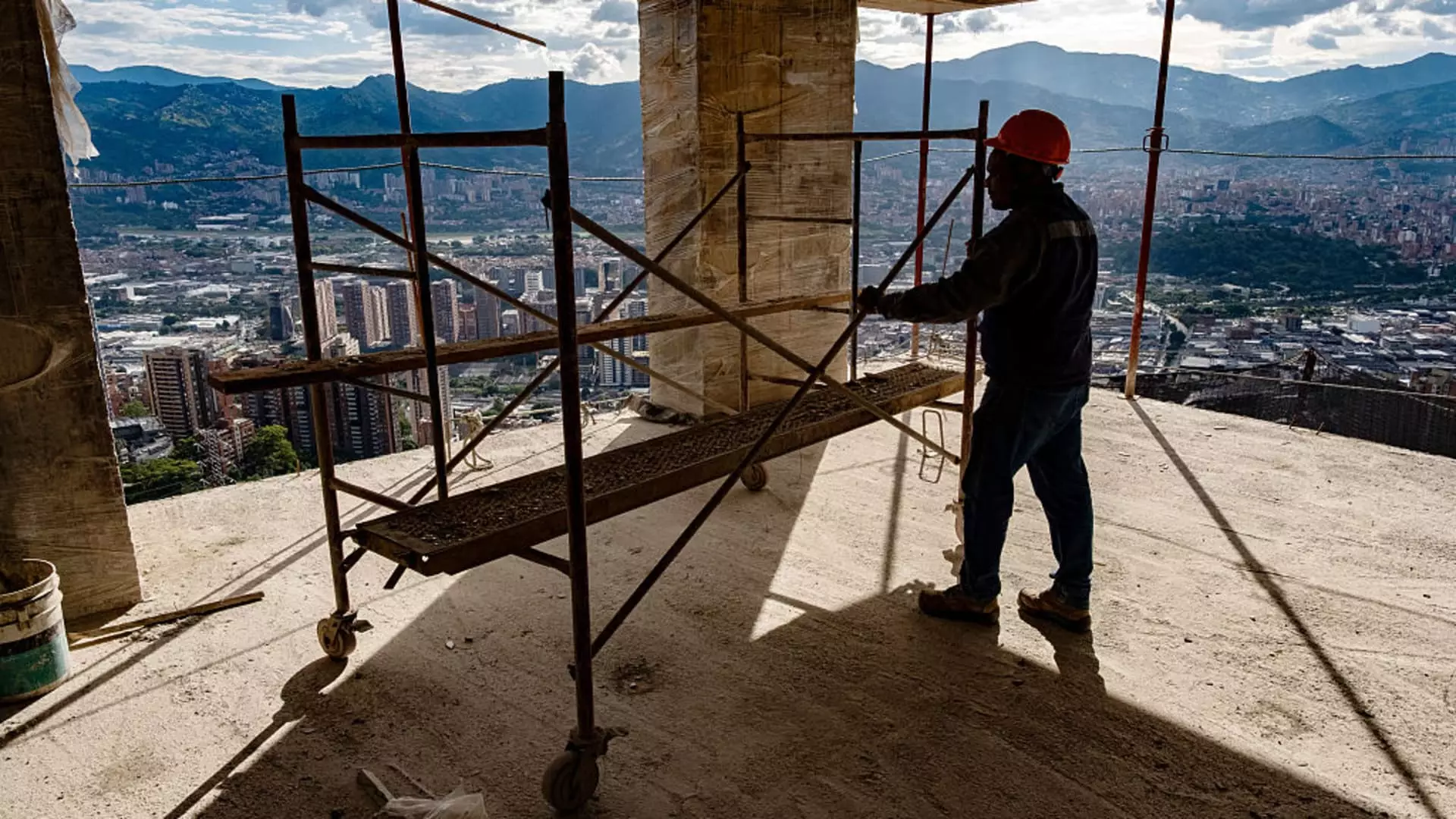The construction sector, often romanticized as the backbone of economic growth, remains one of the most fundamentally dysfunctional industries today. Despite its crucial role in shaping cities and infrastructure, it lags overwhelmingly behind the technological curve. This persistent stagnation is not merely an inconvenience but a fundamental obstacle to progress—costing billions of dollars annually, fueling environmental waste, and risking safety on job sites. The fact that construction companies allocate less than 1% of revenue on IT—minuscule compared to similar industries—illuminates an irrational disregard for modernization. This neglect isn’t accidental but a symptom of a system resistant to change, which prioritizes outdated practices over innovation that could save lives, reduce costs, and accelerate progress.
The Hidden Costs of Obsolete Practices
The inefficiencies are staggering. When a single project involves hundreds of thousands of pages of unstructured documentation—often changing daily—the risk of errors, delays, or even catastrophic failures becomes an unavoidable reality. Mistakes in blueprint interpretations, conflicting instructions, or misplaced materials aren’t rare—they’re the norm. These flaws cascade into budget overruns, missed deadlines, and increased environmental impact, with some estimates citing nearly $1 trillion lost annually in productivity. Such figures reflect a systemic failure to leverage simple yet transformative technologies like digital documentation management, automation, and AI. Failing to adapt isn’t just a business mistake; it’s a moral failure when considering the environmental and safety repercussions.
Human Cost and a Catalyst for Change
Sarah Buchner’s story exemplifies both the human toll and the potential for systemic overhaul. Her journey from observing a deadly accident firsthand to creating tools that aim to prevent similar tragedies highlights a vital truth: technology must serve as both safeguard and facilitator. Her shift from a construction worker to a technologist reflects a much-needed redefinition of the industry—not just as a manual labor sector but as a digital ecosystem capable of meaningful transformation. It’s not enough to see tech as an optional add-on; it must be embedded into the core operations of construction to elevate safety, efficiency, and accountability.
The Promise of AI-Driven Innovation
The rise of AI-driven solutions like Buchner’s Trunk Tools reveals a compelling path forward. The platform’s capacity to process millions of documents—blueprints, schedules, safety reports—uncovers the hidden potential of unstructured data. It not only streamlines workflows but actively identifies risks, resolves conflicting instructions, and reduces unproductive labor. The partnership with industry giants like Microsoft demonstrates that technological adoption is no longer a choice but a necessity. However, true progress demands more than pockets of innovation; it calls for a sweeping industry-wide embrace of digital modernization rooted in sensible regulation, investment, and cultural change.
A Necessity, Not an Option
The ongoing refashioning of construction technology isn’t just about competitiveness; it’s about survival. As climate change accelerates and the demand for resilient infrastructure intensifies, the sector must recognize that inefficiency contributes directly to environmental degradation. Overhauling a system that wastes resources and emits unnecessary carbon isn’t just an investment in profitability—it’s an ethical imperative. A modernized construction industry, powered by AI and digital tools, can reduce waste, improve safety, and build smarter, more sustainable cities.
Accepting the status quo in construction is an abdication of responsibility. We owe it to our communities, our environment, and future generations to demand a comprehensive shift toward technological modernization. The opportunity is clear: embrace innovation, prioritize safety, and recalibrate the economic models that have kept this vital industry shackled for decades. Only then can construction fulfill its true potential as a driver of progress, rather than a symbol of outdated inefficiency.


Leave a Reply